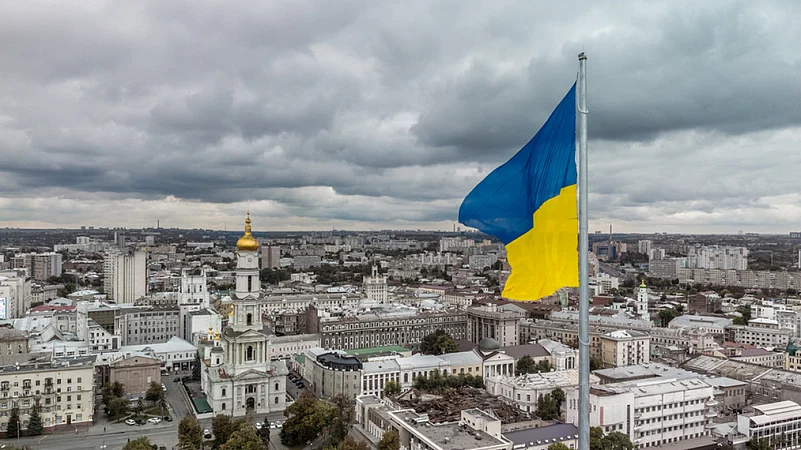The ongoing Russia-Ukraine war is having ripple effects on global economies. The National Bank of Ukraine has placed some restrictions in cash transactions taking into consideration the declaration of martial law. The situation in Russia is no different, the Russian ruble has depreciated by 30 per cent in global trade and due to this, its central bank has raised the interest rates from 9.5 per cent to 20 per cent.
“The Russian Central Bank raised the key rates from 9.5 per cent to 20 per cent recently. This is to counter ruble depreciation (by attracting foreign capital) and to counter higher inflation. This again will raise borrowing rates in the economy and make it difficult for businesses and households,” says Anshul Gupta, co-founder of Wint Wealth, a bond buying platform.

While equities have become volatile ever since the conflict broke out, here is how some other assets are performing:
1. Gold
Gold has been the universal store of value ever since money was invented. During the economic recession and uncertainty, investors resort to gold to protect their wealth. The 24-carat gold rate was INR 50,078 on February 21, 2022, and currently it is trading at Rs. 51830.00, as per data from MCX.
“The value of gold tends to move in the opposite direction to the value of the dollar and all other currencies globally, which continue to devalue due to government debt burdens and inflationary monetary policies. By many standards, gold stands alone for its uncorrelated relationship, which increases purchasing power. Governments cannot control the supply of gold as their liabilities and money supply can be expanded. This further drives the rise in demand for gold and, subsequently, its price in the market in recent days and over long periods,” says Ashraf Rizvi, founder and CEO, Gilded, a digital gold investment platform.

2. Bonds
Bond price is inversely proportional to interest rates. So due to heightened tension, investors have been selling Russian dollar-denominated bonds. As a result, the yield for that doubled to 8.3 per cent, showed Bloomberg data. In a ripple effect to this, the US Treasury bond yield has gone down due to heavy demand by investors who are in search of a relatively safer asset.
“Bond yields basically indicate the cost of borrowing for the government, corporates, banks, etc. This means that capital itself has become quite expensive and many businesses may turn unviable,” added Anshul Gupta.
3. Cryptocurrencies
Cryptocurrencies like Bitcoin (BTC) and Ethereum (ETH) are in high demand and, hence, commanding a high premium in trading. Bitcoin was trading with a premium of 1.86 per cent at $44,112.92 and Ethereum was trading with gains of 2.67 per cent at $2,984.44, at 11.34 am on 2nd March, as per Coinmarketcap data.
Not only cryptocurrencies but crypto-blockchain-based stable coins like USDT and others are in high demand too. “Stablecoins are crypto assets that peg their value 1:1 with an external reference asset, to serve as a hedge against volatility,” says Avinash Shekhar, CEO, ZebPay, a cryptocurrency exchange.
In the Ukraine USDT, a stablecoin whose value is tied to the US dollar, is trading at a high premium of 10 per cent on Kuna, a popular crypto exchange in Ukraine. This is because there is a huge demand for buying USDT but far fewer sellers of USDT.
“Fiat collateralised stablecoins are the most popular and are generally backed by a specific fiat currency or at times physical commodities like gold or silver. Take USDT (Tether) for example: it claims that ‘every Tether token is backed 100 per cent by its original currency, and can be redeemed at any time with no exposure to exchange risk.’ This means that the value of one USDT will always be equivalent to 1 USD due to the collateral backing it,” says Shekhar.














